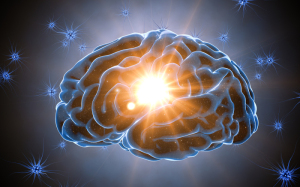by
Lauren Dubinsky, Senior Reporter | May 11, 2018

Could be useful for epilepsy medicine
Researchers at the Massachusetts Institute of Technology developed an MR imaging sensor that can be used to monitor neural activity deep within the brain.
“The new sensor is primarily useful for basic science applications, but clinical applications of related molecules may eventually be feasible, for instance, in contexts like epilepsy medicine or other neurological conditions,” Alan Jasanoff, professor of biological engineering at MIT, told HCB News.
The MR sensor works by tracking calcium ions because they are directly linked to neuronal firing. Other types of MR detect changes in blood flow, which provides an indirect signal.



Ad Statistics
Times Displayed: 172782
Times Visited: 3129 For those who need to move fast and expand clinical capabilities -- and would love new equipment -- the uCT 550 Advance offers a new fully configured 80-slice CT in up to 2 weeks with routine maintenance and parts and Software Upgrades for Life™ included.
This new type of sensing might enable researchers to match specific brain functions to their pattern of neuron activity and determine how distant brain regions communicate with each other during certain tasks.
“Brain researchers are interested in understanding how different brain regions function during sensory perception and behavior,” said Jasanoff. “Our new calcium-dependent fMRI method allows us to measure molecules whose concentrations are directly related to neural activity fluctuations.”
Jasanoff and his team performed tests on rats and found that the calcium sensor can accurately detect changes in neural activity induced by chemical or electrical stimulation deep within the brain.
The current version of the sensor responds within a few seconds of the initial brain stimulation. The team is currently working on speeding that up and making it so the sensor can spread throughout a larger region of the brain and pass through the blood-brain barrier.

